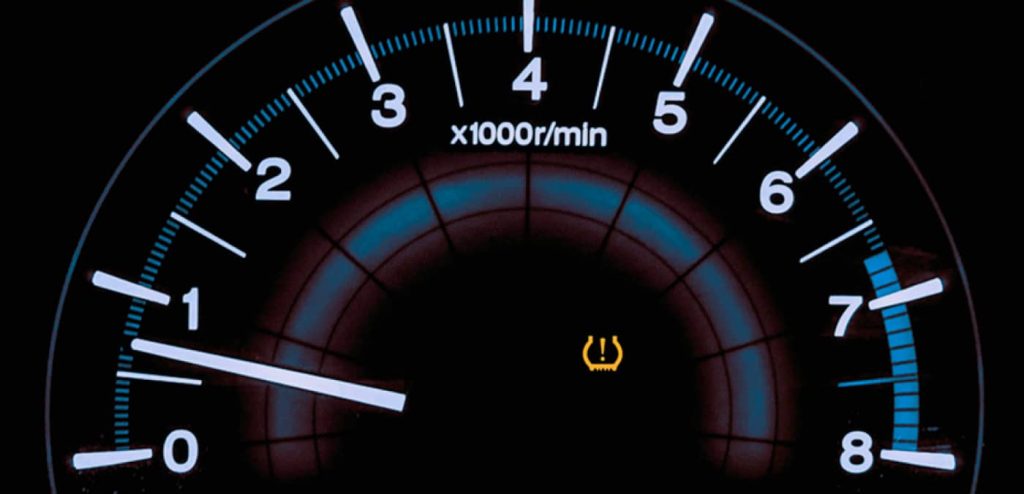Problem
Imagine this: you’re cruising down the road in your trusty Honda, enjoying the drive, when suddenly, that pesky TPMS (Tire Pressure Monitoring System) light flicks on your dashboard. Instant anxiety sets in. You pull over, check your tires, and they look perfectly fine. The frustration mounts. “Why is my TPMS light on when my tires are fine?” you wonder, scratching your head in confusion.
You’re not alone. This scenario is all too common for Honda drivers. The TPMS light is designed to alert you to potential tire pressure issues, but when your tires appear to be in perfect condition, it can be perplexing and downright annoying. But fear not! Let’s dive into the possible reasons why this happens and how to address the issue effectively.
Agitation
The TPMS light can be a real buzzkill, right? It’s like having an unexpected guest who refuses to leave. You know the tires are fine, so what’s the deal? The TPMS light can illuminate for several reasons that might not immediately be apparent. Here are some common culprits:
- Temperature Fluctuations: Sudden changes in temperature can affect tire pressure. When it’s colder, the air inside the tires contracts, causing a drop in pressure, which can trigger the TPMS light. Even if the tires are properly inflated, the sensor might get confused by the temperature shift.
- Faulty Sensors: Over time, TPMS sensors can wear out or become damaged. They are, after all, small electronic devices subjected to the harsh environment of your wheels. A malfunctioning sensor can send incorrect readings to your car’s computer, causing the light to come on.
- Interference from Electronics: Believe it or not, other electronic devices can interfere with your TPMS. Certain types of electronic interference, like from a nearby wireless device or radio tower, might mess with the signal and cause the light to come on unnecessarily.
- Battery Issues: TPMS sensors are powered by small batteries. When these batteries start to die, the sensors can become less reliable, triggering the warning light even if there’s no real issue with your tire pressure.
- Tire Rotation and Replacement: If you’ve recently had your tires rotated or replaced, the TPMS system might need to be recalibrated. Failing to do so can lead to incorrect readings and an illuminated warning light.
Solution
Now that we’ve identified some possible reasons behind the mysterious TPMS light, let’s talk solutions. Here’s a step-by-step guide to help you get that pesky light under control and enjoy peace of mind on the road.
- Check Tire Pressure Manually
First things first, use a tire pressure gauge to check each tire’s pressure manually. Ensure they’re inflated to the manufacturer’s recommended levels, which can be found in your owner’s manual or on a sticker inside the driver’s side door. If the pressure is off, adjust it accordingly.
- Inspect for Visible Damage
While you’re at it, give your tires a thorough visual inspection. Look for any signs of damage, such as cuts, punctures, or bulges. Even if the TPMS light isn’t directly due to a pressure issue, you might spot something that needs addressing.
- Drive for a Few Miles
Sometimes, simply driving for a few miles can reset the TPMS light if the issue was temporary, like a minor pressure fluctuation or electronic interference. Take your Honda for a short spin and see if the light turns off.
- Reset the TPMS System
Your Honda’s owner’s manual should have instructions on how to reset the TPMS system. This usually involves a series of steps, such as turning the ignition on and off or pressing a specific button. Follow these steps carefully to reset the system and see if the light goes off.
- Seek Professional Help
If the light remains stubbornly on despite your best efforts, it’s time to call in the pros. A certified technician can use specialized tools to diagnose and fix the issue. Whether it’s a faulty sensor, dead battery, or calibration problem, they’ll have the expertise to get your TPMS back in working order.
Service Guideline from iTyreCare
At iTyreCare, we understand how frustrating and confusing TPMS issues can be. That’s why we offer comprehensive TPMS repair services in Dubai to ensure your system is functioning perfectly. Our certified technicians will:
- Perform a Full Diagnostic Check: We’ll use advanced diagnostic tools to identify the exact cause of your TPMS light issue.
- Check and Adjust Tire Pressure: Ensuring all your tires are at the correct pressure levels.
- Inspect and Replace Sensors if Necessary: If a sensor is faulty or has a dead battery, we’ll replace it with a new, high-quality sensor.
- Recalibrate the TPMS System: After any repairs or replacements, we’ll recalibrate your system to ensure it’s providing accurate readings.
Don’t let a confusing TPMS light ruin your driving experience. Bring your Honda to iTyreCare, and we’ll have you back on the road with confidence in no time. For reliable TPMS repair and more, visit your nearest iTyreCare location today!
By understanding the common causes behind a TPMS light and knowing how to address them, you can avoid unnecessary stress and keep your Honda running smoothly. Next time that light comes on, you’ll be equipped with the knowledge to tackle it head-on. Safe driving!

